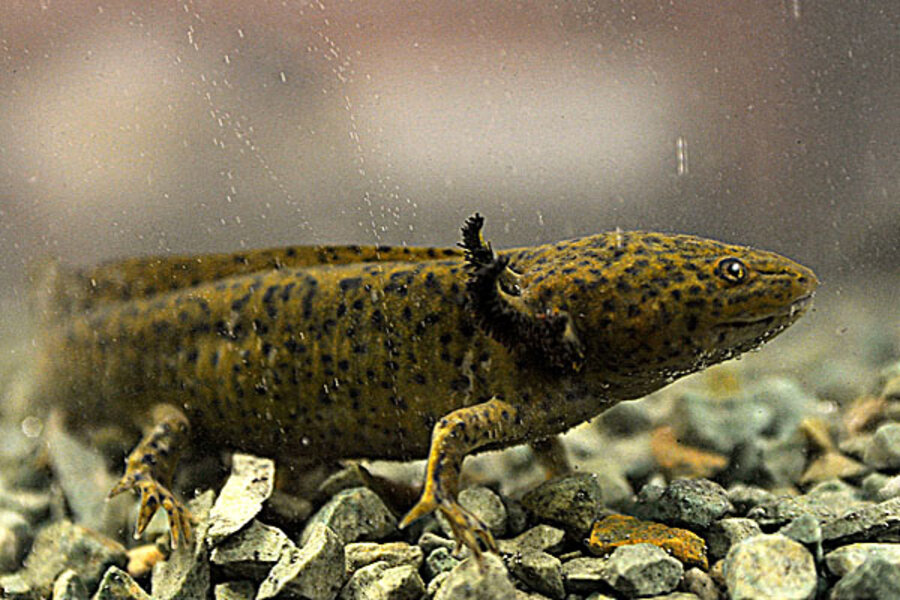Not sci-fi: Researchers work toward post-trauma limb regeneration
Loading...
What used to be science fiction – Luke Skywalker's robotic hand, for instance – has now become science fact. So, what's next?
Researchers at the Wake Forest Institute for Regenerative Medicine in Winston-Salem, N.C., are hard at work on what they call the next logical frontier: easing the human body into fully repairing and regenerating itself, even with the most traumatic injuries, such as limb loss.
Institute director Anthony Atala, along with his team of nearly 300 researchers, has pioneered work in growing new human cells, tissues, and organs. In April, the team won a gold Edison Award for two new bioprinters capable of "printing" living cells and biomaterials such as new skin for burn victims.
The human body is constantly regenerating itself, Dr. Atala says.
"These technologies we call regenerative are nothing more than a harnessing of the ability your body already has to regenerate and try to accelerate it at the time of injury or disease," he says.
Everything he and his team are doing, he adds, is already present in the biological systems of the body: The principle exists with such animals as the lobster or salamander, and "all we are trying to do is imitate nature," he says.
One avenue of work undertaken by Atala's team – small-tissue regeneration – has already entered into the treatment of patients. Livers, ear cartilage, and other damaged tissues are being replaced.
For amputees, this means nerves and tissues can be extended to enable a better fit.
If you are able to replace, say, a damaged nerve segment, he says, "you may be able to preserve the limb."
Regenerating the entire limb, however futuristic it may sound, is a far-term goal, Atala says. But right now, the "goal is how to help repair ... to preserve limbs from as much loss as possible."







